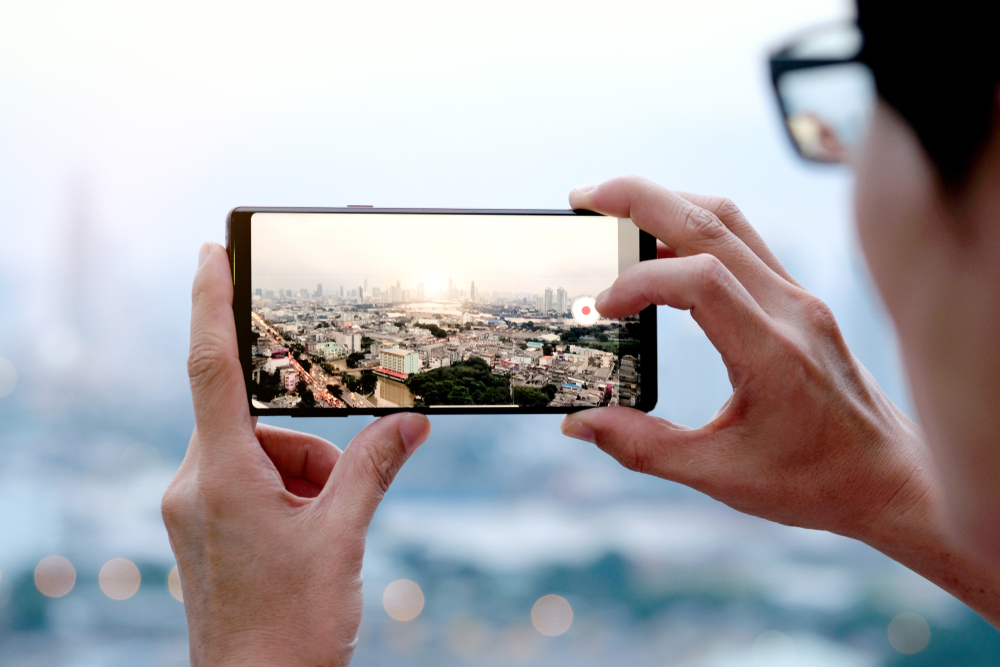How we used a road trip to Alaska to change our relationship
Embarking on a father-son road trip is a fantastic way to bond, create lasting memories, and strengthen your relationship. It’s an adventure filled with excitement and opportunities for growth. In 2022, my dad and I headed to Alaska from California on a road trip. While I am not sure what either of us both thought at the start, by the end, we were just two friends connected by blood. I wanted share some tips, I learned from that father-son road trip, that will help ensure a successful and memorable road trip with your son, or dad.
1) Challenge Yourselves Daily:
Road trips are the perfect opportunity to step out of your comfort zones and try new things. Whether it’s tackling a challenging hiking trail, attempting a daring water sport, or exploring an unfamiliar city, doing something out of the ordinary together can create shared experiences that strengthen your connection.
2) Reflect on Past Memories:
Take time during the trip to reminisce about your favorite memories together. Sharing stories from the past can be a heartwarming way to connect with your son and remind him of your special bond. Reflecting on these moments can bring you closer and make the road trip even more meaningful.
3) Explore Each Other’s Interests:
Show genuine interest in your son’s hobbies and aspirations. Ask him about his current interests and what he envisions for his future. Being curious about his passions and goals will not only help you understand him better but also show your support for his dreams.
4) Yoga with the Mosquitoes (Half Kidding!):
Road trips often mean spending time outdoors, and sometimes, that includes encounters with pesky mosquitoes. While it might not be yoga, consider turning these moments into opportunities for laughter and bonding. Sharing a funny mosquito-avoidance dance can create a unique memory.
5) Document the Journey with Photos:
Capture the beauty and essence of your road trip by taking lots of photos. Whether it’s the stunning landscapes, quirky roadside attractions, or candid shots of each other, these photos will become cherished mementos of your adventure. Plus, it’s a fun way to relive the trip when you’re back home.
6) Embrace the Power of Silence:
Road trips often involve long stretches of driving where conversation naturally ebbs and flows. Embrace these moments of silence and use them as an opportunity to reflect, relax, and simply enjoy each other’s presence. It’s during these quiet times that profound conversations may arise.
7) Listen to Podcasts and Discuss Them:
Make your road trip educational and engaging by listening to podcasts together. Choose a variety of topics that interest both of you, from history and science to pop culture and personal development. Afterward, have discussions about the podcasts, sharing your thoughts and insights. It’s a great way to stimulate conversation and exchange ideas.
A father-son road trip can be an incredible bonding experience that strengthens your relationship and creates lasting memories. By challenging yourselves, cherishing past memories, showing curiosity about each other’s interests, and embracing the moments of silence, you’ll build a deeper connection with your son. And don’t forget to document your journey with photos and engage in thought-provoking discussions through podcasts. Enjoy the adventure together and cherish the time spent on the open road.



